Back to Courses

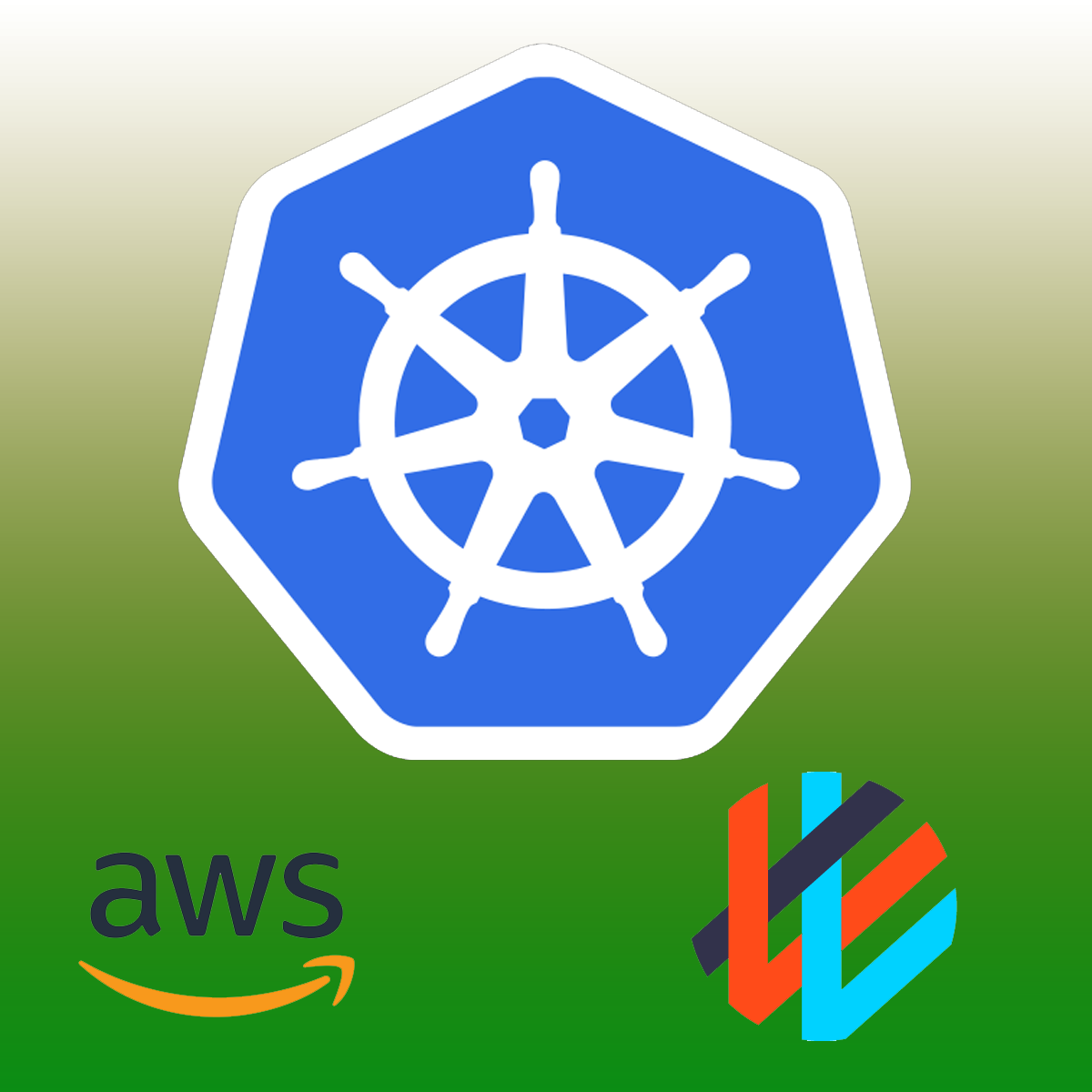
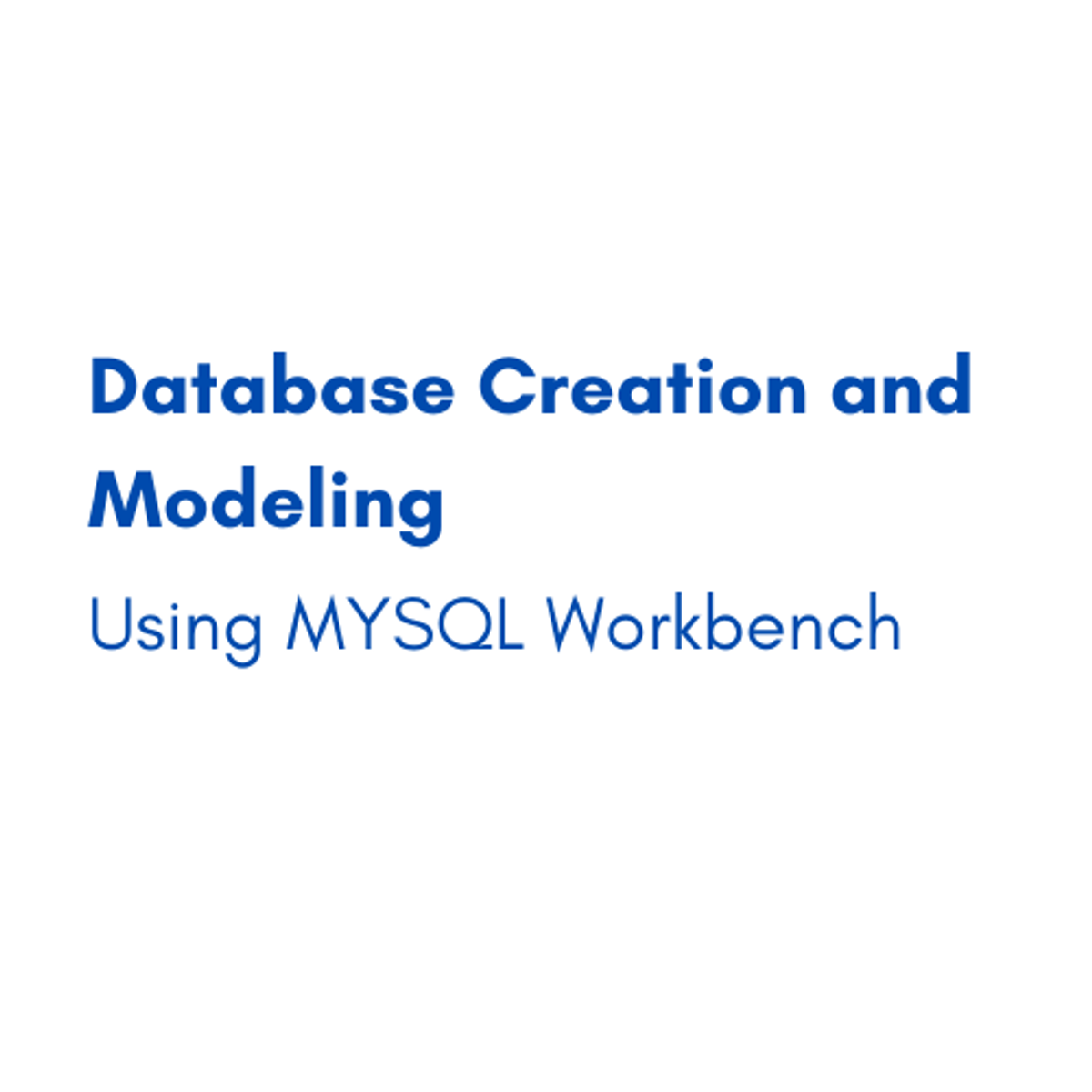


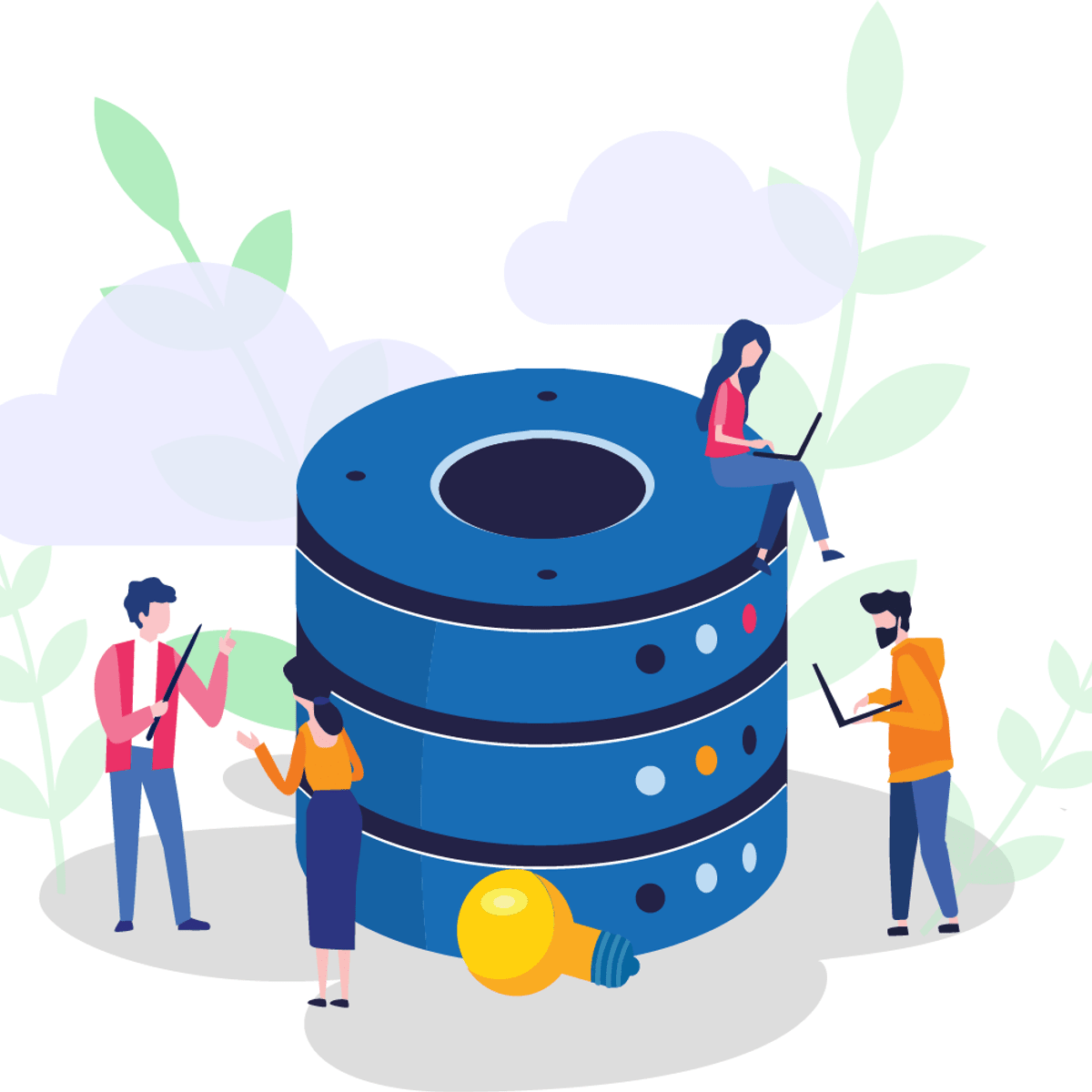
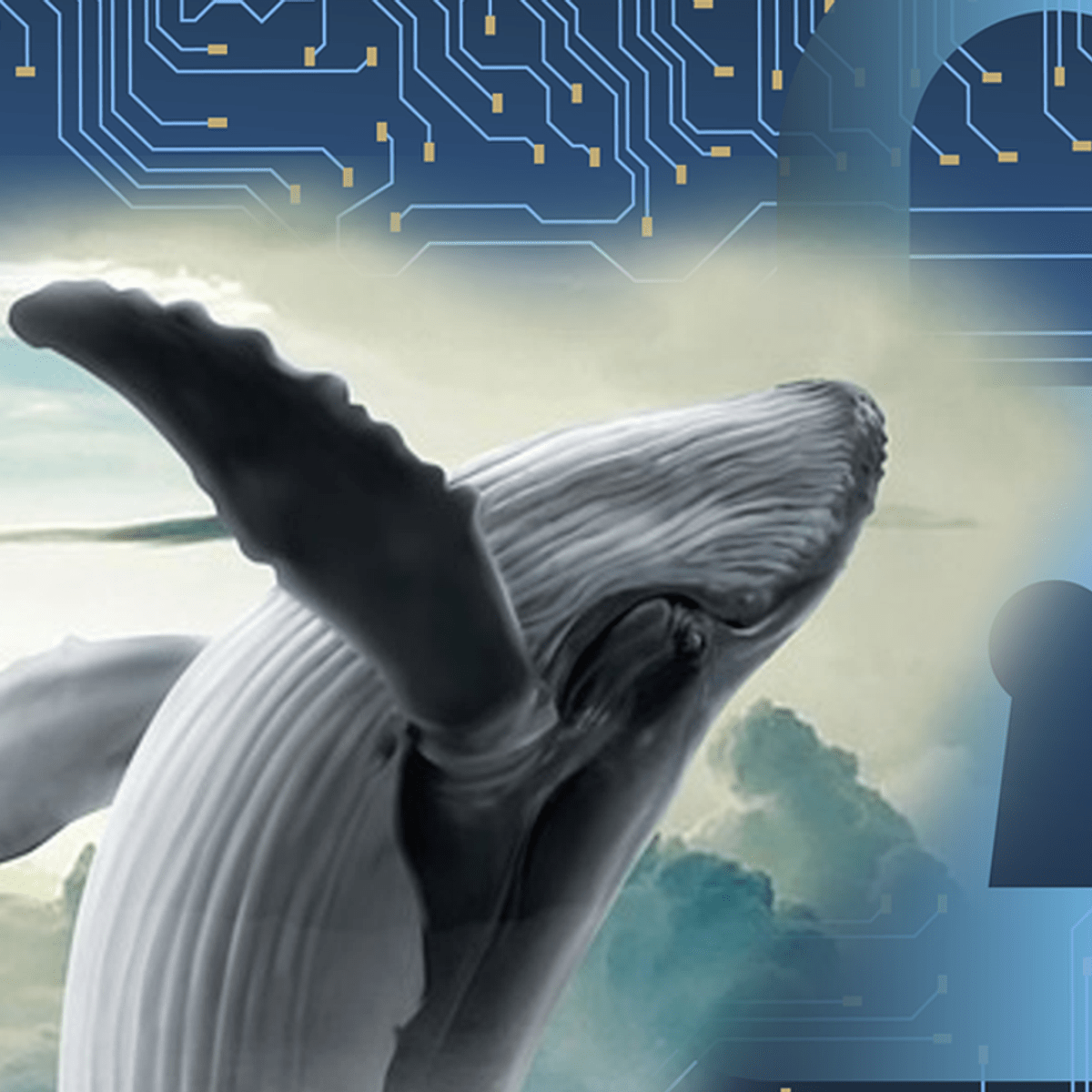
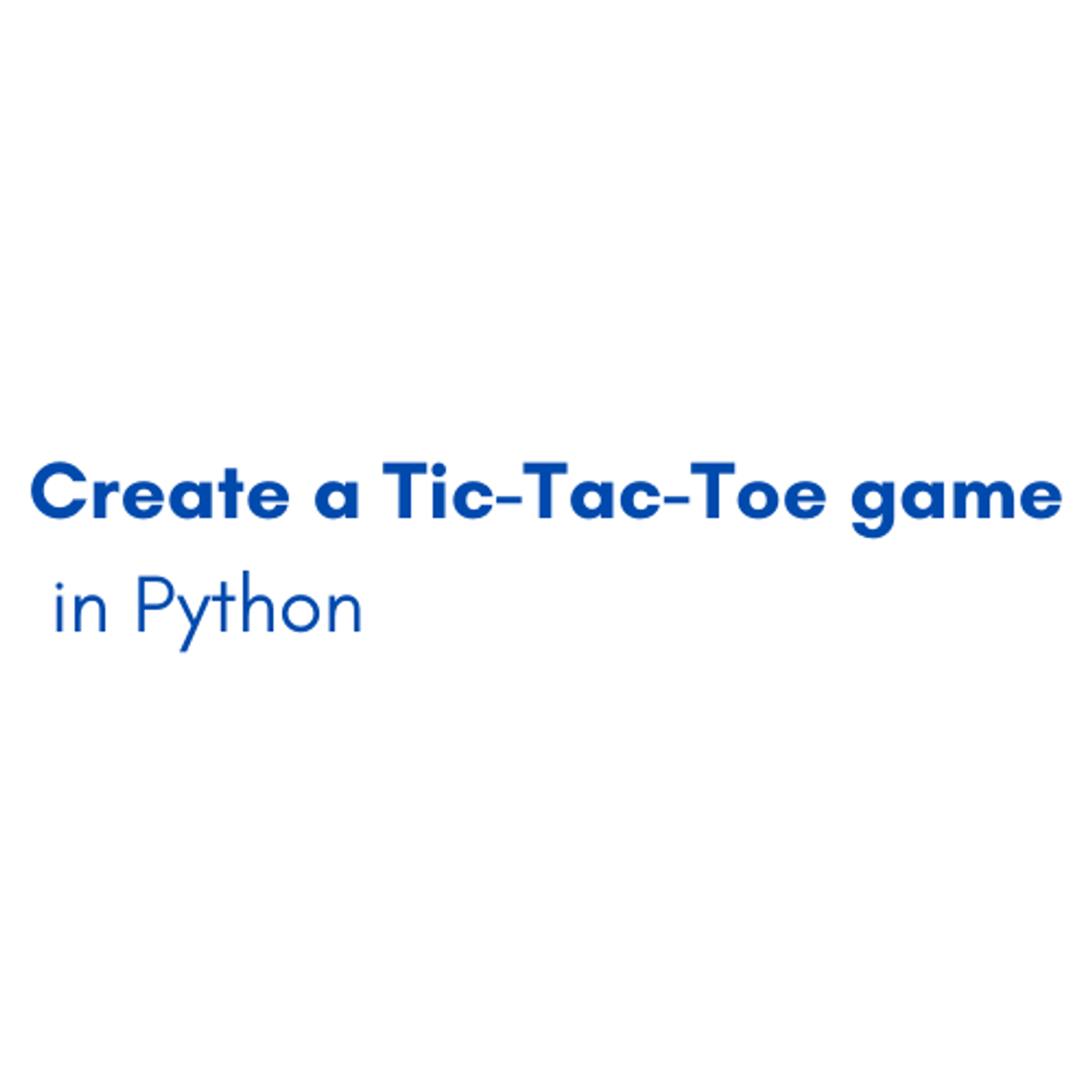

Software Development Courses - Page 78
Showing results 771-780 of 1266

Save Game Settings with PlayerPrefs in Unity
In this one-hour, project-based course, you'll learn how to use Unity's built-in Player Preferences to store, load, and reset your game's data. You'll learn the different ways in creating clean code when it comes to manipulating the game's data, using Inheritance and Abstraction. You'll also learn the types of data Player Prefs consider and how we can use them to expand the data to manipulate.
The guided project will introduce you to the following Unity concepts:
- Player Preferences
- Inheritance
- Abstraction
This project also makes use of the sci fi-themed Unity project created in Create UI in Unity Part 3 - Settings Menu. This compliments this guided project and, although not a prerequisite, is recommended for a more well-rounded understanding of the concepts presented herein.
Note: This course works best for learners who are based in the North America region. We’re currently working on providing the same experience in other regions.

Python Functions, Files, and Dictionaries
This course introduces the dictionary data structure and user-defined functions. You’ll learn about local and global variables, optional and keyword parameter-passing, named functions and lambda expressions. You’ll also learn about Python’s sorted function and how to control the order in which it sorts by passing in another function as an input. For your final project, you’ll read in simulated social media data from a file, compute sentiment scores, and write out .csv files. It covers chapters 10-16 of the textbook “Fundamentals of Python Programming,” which is the accompanying text (optional and free) for this course.
The course is well-suited for you if you have already taken the "Python Basics" course and want to gain further fundamental knowledge of the Python language. Together, both courses are geared towards newcomers to Python programming, those who need a refresher on Python basics, or those who may have had some exposure to Python programming but want a more in-depth exposition and vocabulary for describing and reasoning about programs.
This is a follow-up to the "Python Basics" course (course 1 of the Python 3 Programming Specialization), and it is the second of five courses in the specialization.

Deploy an App in AWS Elastic Kubernetes Cluster using EKSCTL
In this two hours project, you will learn how to use the eksctl command line tool to create an AWS Elastic Kubernetes Service and to deploy a Web Application in a high availability environment, using the power of containers and Kubernetes in a real-world use case.
Once you're done with this project, you will be able to clone a project, create a docker container image and deploy this container like a Kubernetes POD using the Elastic Kubernetes Services with just a few steps.

Database Creation and Modeling using MYSQL Workbench
In this 1-hour long project-based course, you will be able to identify and fully comprehend the basics of the MYSQL workbench and create a new connection to the local server. you will also learn how to create a new database and drop it, create new tables, and delete them. Moreover, You will be able to rename columns of a table, connect tables with each other, and add data to tables. And finally, you will learn how to add columns and apply some features professionally on these columns using some keywords such as PRIMARY KEY, FOREIGN KEY, NOT NULL, AUTO_INCREMENT, and DISTINCT and update the tables with new data. SQL is used by all the big names in tech like Netflix or Airbnb. If you target Google, Facebook, or Amazon, they, of course, have their database systems. But SQL will be there too to query and analyze the data.
This guided project is for beginners in the field of data management data modeling and databases. It provides you with the basics of creating the whole database. It equips you with knowledge of the first steps in modeling.
Note: This course works best for learners who are based in the North America region. We’re currently working on providing the same experience in other regions.

Orchestrating Data Movement with Azure Data Factory
Welcome to this guided project about “Orchestrating Data Movement with Azure Data Factory”. This project is for people who are interested in using Azure Data Factory. You don’t need to have any experience with Azure Data Factory, but you should be familiar with a basic concept of data extraction, transformation, and loading.
By the end of this project, you will learn the following:
● How to set up Azure Data Factory
● How to ingest data using the Copy Activity
● How to transform data with the Data Flow

Introduction To Java Database Connectivity - JDBC
In this 1.5 hours long project-based course, you will (learn JDBC core components , Create java apps with back-end database).
JDBC plays a major role in today's software development industries hence we will learn core components of JDBC and will connect java apps into a back-end database (MySQL) to store and retrieve our information permanently.
Note: This course works best for learners who are based in the North America region. We’re currently working on providing the same experience in other regions.

Implement Polyglot Persistence Using SQL and NoSQL Databases
Have you ever wondered what happens to the registration details after you click on the submit button or to the order details once you press the confirm order button when you try to access any website? From where do you think, the details of the product catalogue are fetched to be displayed on the browser?
All dynamic or interactive applications should be able to store the details provided by the user and retrieve them when requested. Most websites require a database. This course will take you through the process of creating, retrieving, updating, and deleting data using SQL and NoSQL databases. It also challenges you with hands-on practices that enable you to perform database operations using shell commands and GUI tools.

Implement a Docker Registry
If you need more control over the location and distribution of your Docker images, you should consider hosting your own registry locally using Docker Registry.
In this project, you will run and manage a local Docker Registry using the Command Line Interface (CLI). You will also reflect on situations when using a Docker Registry on a local machine might have advantages over hosting Docker images on Cloud-based platforms such as Docker Hub. Finally, you will review why registry security is an important factor, especially for production deployments.
By hosting your own registry, you can have full control over the administration of your host machine. Because Docker Registry is an image at Docker Hub, it’s easy to use in a container that you run on your own host.

Create a Tic-Tac-Toe game in Python
By the end of this guided-project you’ll be able to create a tic-tac-toe game in python using python’s popular library Pygame. Pygame is a set of python modules designed for writing video games. It allows you to create a fully featured game and multimedia programs in the python language. It’s also free, highly portable and runs on nearly every platform and operating system.
You will learn about most of pygame’s functions and modules. You’ll be able to insert drawings and images into your game. You’ll be able to handle events and react to them being activated and finally, You’ll be able to take input from the user.
Note: This course works best for learners who are based in the North America region. We’re currently working on providing the same experience in other regions.

Deep Learning Applications for Computer Vision
This course can be taken for academic credit as part of CU Boulder’s Master of Science in Data Science (MS-DS) degree offered on the Coursera platform. The MS-DS is an interdisciplinary degree that brings together faculty from CU Boulder’s departments of Applied Mathematics, Computer Science, Information Science, and others. With performance-based admissions and no application process, the MS-DS is ideal for individuals with a broad range of undergraduate education and/or professional experience in computer science, information science, mathematics, and statistics. Learn more about the MS-DS program at https://www.coursera.org/degrees/master-of-science-data-science-boulder.
In this course, you’ll be learning about Computer Vision as a field of study and research. First we’ll be exploring several Computer Vision tasks and suggested approaches, from the classic Computer Vision perspective. Then we’ll introduce Deep Learning methods and apply them to some of the same problems. We will analyze the results and discuss advantages and drawbacks of both types of methods. We'll use tutorials to let you explore hands-on some of the modern machine learning tools and software libraries. Examples of Computer Vision tasks where Deep Learning can be applied include: image classification, image classification with localization, object detection, object segmentation, facial recognition, and activity or pose estimation.
Popular Internships and Jobs by Categories
Browse
© 2024 BoostGrad | All rights reserved


